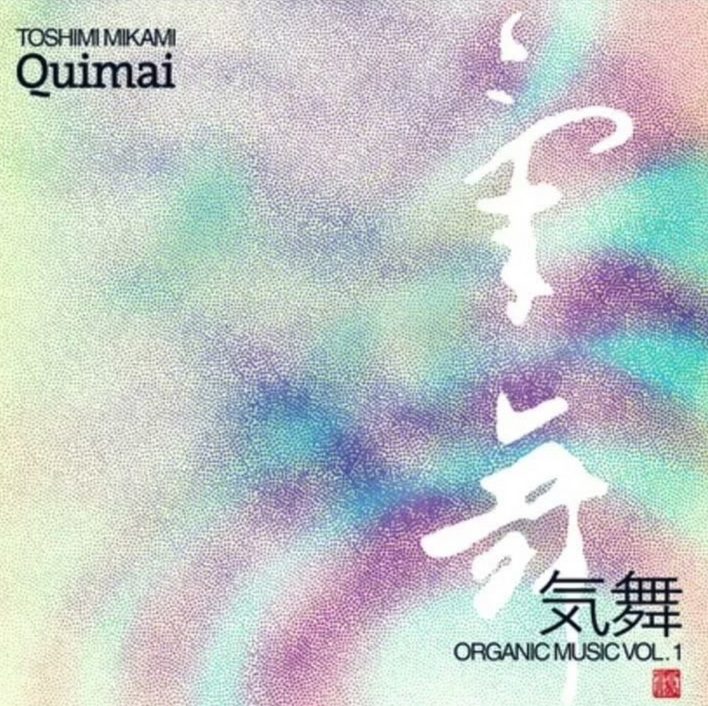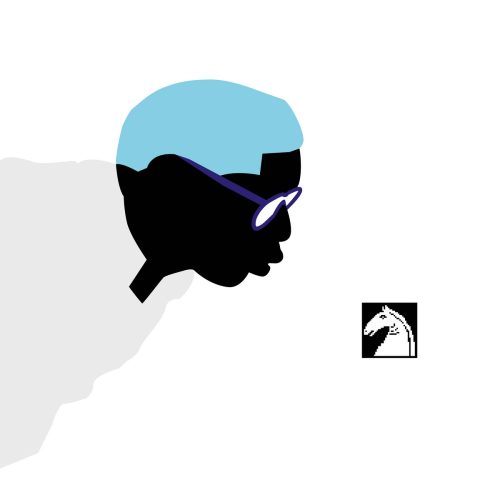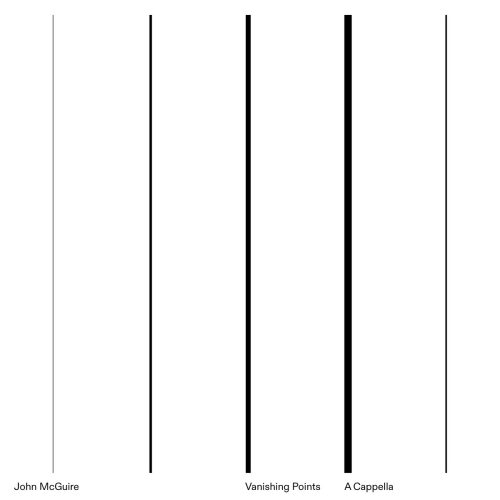Kimai
Label: Night Rhythms
Genre: Ambient, Best of 2023, Electronic, Far East, Japanese, New Age, World
$49.99
Out of stock
Night Rhythms is proud to announce the first vinyl release of Toshimi Mikami’s elusive 90s ambient masterpiece ” Quimai” (“Chi Dance”). Released on his CD in 1996 and again on CD in 2008. This double LP version of his is the first time his album is readily available outside of Japan. Mikami said, “This album was mainly produced as BGM for qigong, tai chi , yoga, etc., but I hope you can use it for various relaxing times.” The music reflects these deliberate and meditative training practices, with vast motifs carried in a steady and rhythmic flow. In notes from Reiner’s original CD version reprinted here, Mikami’s mentor and former bandmate Haruomi Hosono explores the evolution of ambient /”organic” styles in 20th century music. . “Eyes and ears and hearts were opened,” he wrote. What has never been before can extend beyond concept into specks of nature. Ambient music is not meaning-stripped music, as distinguished from Hosono’s “endlessly exhausted economic principle” of contemporary pop music, but rather its meaning is a continuation of our environment. It finds form in relation to its most basic elements.
“Quimai” exists at the intersection of ambient , new age , and classical minimalism , layering a gentle synthetic palette of world-class instruments and combining them into a fully orchestrated production. Relaxing as it may be, it’s not a blissful “tuning” like ambient music, but a very focused kind of relaxation that encourages active listening. The opening track, ” Izayoi no Tsuki”, immediately recalls the work of Steve Reich, with his assertive 6/4 pulse and prominent woodwinds and percussion. “Ai Ai” continues on a similar footing, with shards of sunlight shining from an otherwise trouble-free and tireless river. Tamayura ‘s mesmerizing marimba ostinato has an underwater atmosphere, as if you were looking down at what is happening on the surface of the water . Mikami sheds the vestiges of tension that had existed in previous tracks in favor of playful gamelan music .It is followed by the lighthearted song “Saotome”, which features the appearance of . All the underlying rhythmic melodies fade away on the album-closing “Heaven’s Path.” This light-hearted piece comes closest to the New Age tradition, breathing freely without pausing, while maintaining a similar structure to its siblings . You can imagine Mikami and other practitioners at the end of their daily practice, the body tired but flexible and the mind reset.






